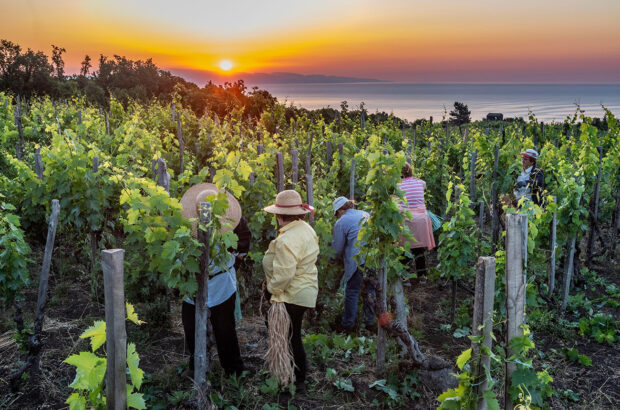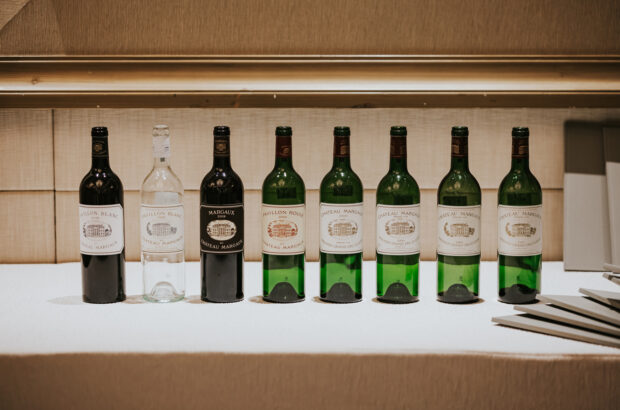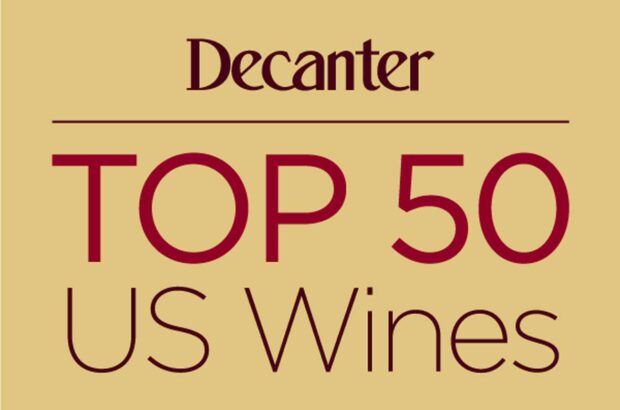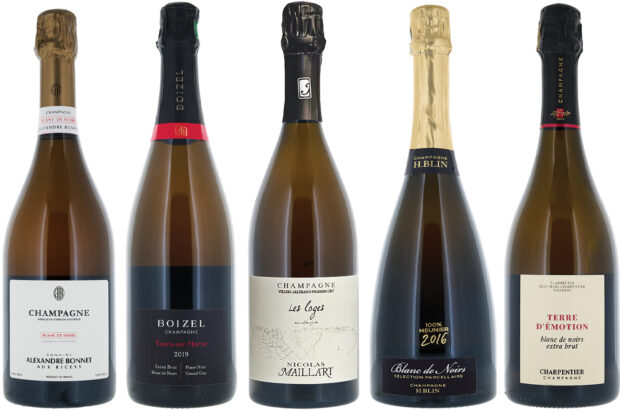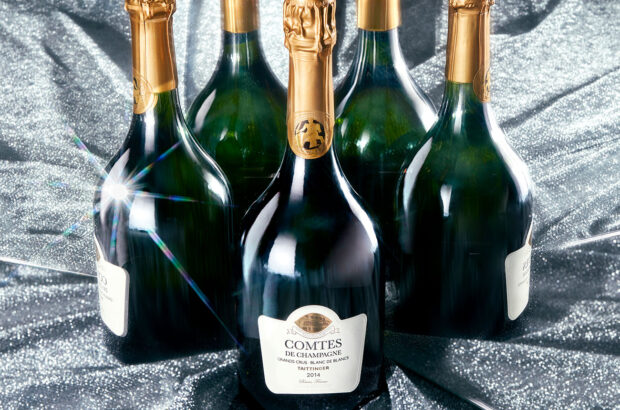Montalcino is a superstar wine region, fortuitously well off the beaten track. Unspoiled, with no motorway nearby, the most ubiquitous through-traffic is human-powered. Steady streams of pilgrims plod the ancient Francigena byway crossing Montalcino, heading south to Rome’s Vatican. Packs of Lycra-clad cyclists pedal themselves to exhaustion along the bumpy chalk byways of the Eroica (or ‘Heroic’) Route. And wine lovers come to taste the world’s most famed 100% Sangiovese red wines, the oak-aged Brunello di Montalcino DOCG, and its earlier-bottled, no-oak-needed sibling, Rosso di Montalcino DOC.
Montalcino’s name derives from Monte Leccio (‘holm oak hill’). Evergreen oak forests cover more land here now than they did in 1860. They host roebuck, edible mushrooms, wild asparagus, truffles and wild boar: fare integral to a seasonal local food culture. Montalcino also produces renowned honey, with beekeepers from across Italy renting space here for their hives.
Shielded by Monte Amiata, central Italy’s highest peak, Montalcino is a warm, luminous, breezy spot that’s perfect for both bees and Brunello vines. With more than 20% of its 250 wineries certified organic or biodynamic, including three of the five biggest estates, Montalcino’s green credentials are as notable as its red wines.
The area’s outstanding natural beauty is matched by its timeless architecture, from breathtaking fortresses and walled castles via pink- or white-coloured country villas, to small farmsteads with open-hearthed fires. Aesthetically, all must (by law) respect tradition, even down to the exact colour and shape of window shutters and roof tiles.
Montalcino travel guide: Where to stay
Montalcino is the largest municipality, or comune, by area in the province of Siena. It’s 20-25 minutes by car from either north to south (which is the main axis), or east to west. Minor roads are unlit, often unsurfaced, and slippery when wet; cameras vigorously enforce speed limits. Choosing the right place to stay is as much about logistics as creature comforts.
A classic and fairly priced overnight option on the edge of Montalcino town centre is Hotel Vecchia Oliviera, a former ‘frantoio’ (olive oil mill) that’s small, pet-friendly and has an outdoor pool and indoor hydromassage.
An even more central hotel – near the fortress – is the down-to-earth Il Rifugio d’Altri Tempi, which has a popular bar-restaurant and free central parking. Hotel dei Capitani is still central but tucked away among quiet, high stone-walled back streets, and has a pool and a panoramic terrace.
For bed and breakfasts in town, try the stylish La Suite Corso Matteotti 37, which comes with great views and suits all age groups, or the equally central Affittacamere Mariuccia.
Offering ‘your wish is our command’ concierge services, meanwhile, is Villa Palazzetta, a deluxe modern house with incredible panoramic views, suited to those who like to entertain. The same photographer-artist team also run the Montalcino Townhouse, which has a garden and spa. Deep pockets are required for both properties.
The gateway for the Val d’Orcia, a picturesque Renaissance landscape and UNESCO World Heritage site famed for its sheep’s cheese (Pecorino), is Torrenieri in northeast Montalcino. Here, the Maddalena Cordella Wine Resort boasts a rainwater swimming pool, her husband Aldo’s restaurant and Tuscany’s most photographed clump of cypress trees.
Slightly closer to Montalcino, Casanova di Neri’s Relais has cosy rooms and is well set-up for walk-in wine tastings. The restaurant here has its own bakery for knock-out breakfast croissants, cakes and bread (for guests only).
Other Montalcino wineries offering a relais-style overnight are Canalicchio di Sopra and Capanna di Cencioni, both historic yet forward-thinking estates on Montalcino’s northern approaches. The Mastrojanni winery’s relais is near Sant’Antimo, the breathtaking Romanesque abbey in Castelnuovo dell’Abate, southeast of Montalcino. For a bed-and-breakfast option here, try Locanda Sant’Antimo.
Heading southwest from Montalcino to the village of Sant’Angelo in Colle, Le Ragnaie winery can accommodate groups both large and small, while Podere Il Cocco rents out its romantic 500-year-old farmhouse in the forest at Villa a Tolli.
The Villa le Prata winery offers bed and breakfast in a spacious 1860 hunting lodge and garden, once the Bishop of Montalcino’s country residence. Energetic foodies will appreciate Tenuta di Argiano’s luxury ‘home from home’ accommodation, where guests can return from the beach to cook al fresco in beautiful Tuscan gardens with panoramic views.

Vineyards at Capanna di Cencioni. Credit: www.capannamontalcino.com
Montalcino travel guide: Where to eat and drink
In Montalcino itself, Albergo Il Giglio offers traditional Tuscan dishes, including a reviving ribollita soup. Its wide-ranging, sensibly priced wine list suits discerning groups wanting to try multiple vintages from the same winery with different courses. Try the local thick pinci spaghetti or melt-in-the-mouth braised wild boar.
Boccon DiVino (closed on Tuesdays) has airy views from its shaded terrace, and a creative, stimulating menu adorned with classics such as peposo, a peppery beef stew.
When morning wine tasting tours run so late you miss lunch, fear not. Wine bar- restaurants in the town centre serving sensibly priced snacks (spuntini) and hot dishes all day include Vineria Le Potazzine and Alle Logge di Piazza – the latter with good cocktails too. Caffè La Fortezza offers cold snacks and has a terrace with a lovely view. Or grab a tasty, traditional Naples-style, fluffy-crust takeaway pizza from Petto’s (no seating).
Sit-down pizzerias include Il Marrucheto in Sant’Angelo Scalo, which is also a seafood specialist, and La Compagnia in Torrenieri, which does al fresco light Tuscan lunches, pizzas (evenings only) and bottled Belgian beer for non-Brunellistas.
San Giorgio in Montalcino also offers classic pizzas alongside nourishing dishes such as strozzapreti (‘priest-strangler’) pasta with a Brunello sauce.
For stunning views towards the coast, Trattoria Il Leccio has outdoor seating in Sant’Angelo in Colle’s medieval main square and an arresting seasonal menu, as well as that rarity in Italy – hot breakfast food.
Il Pelo nell’Uovo in San Giovanni d’Asso serves mainly homegrown produce in what feels like the living room of a private home. Try meat-on-the-bone scottiglia soup-stews or grilled aubergine or pumpkin topped with local Pecorino.
A packed lunch can be a time- and cost-efficient option as well as a gastronomic delight. The Tuscan version typically incorporates unsalted bread with or without olive oil, Pecorino cheese and pork-based cold cuts (salumi).
Get the bread from local bakeries such as the cavernously atmospheric Lambardi on Via Soccorso Saloni in Montalcino itself, Forno Giuliani in Torrenieri, and Il Forno in Montisi. All offer classic cakes and pastries for the sweet-toothed, too.
For estate-produced Pecorino plus other foodie delights, squeeze yourself into the Fior di Montalcino shop in Montalcino. For carnivores, the only Montalcino butcher rearing its own livestock is Macelleria Norcineria in Sant’Angelo Scalo, owned by Carlo Pieri’s Poggio Stenti winery.
Pilgrims heading to Rome frequent Alimentari Minacci, a step-back-in-time store in Torrenieri where you can create a bespoke packed lunch from hams, cheeses, pesto, anchovies, chilli peppers, greens and more.
Finally, for absolutely superlative artisanal ice cream and frozen yoghurt in a range of classic and novel flavours, head to Why Not? in Montalcino. It’s open until late, and was apparently Michelle Obama’s first stop on a recent visit to the town.

Il Palazzone vineyards
Montalcino travel guide: Where to taste
Banfi
Montalcino’s modern wine renaissance was sparked in the late 1970s by the American Mariani family investment in Castello Banfi. Located in Montalcino’s far southwest, an area of wide-open spaces for large-scale vineyards, Banfi is Montalcino’s largest by far. Banfi’s museum has one of the world’s largest private collections of Roman glassware, and makes the perfect starting point from which to immerse yourself in Italian wine culture.
Col d’Orcia
Tastings at Col d’Orcia, meanwhile, include the musky Moscadello, a sweet white wine that many are surprised to discover pre-dates Montalcino’s Brunello reds by centuries.
Castelgiocondo
The Frescobaldi family offers tastings as well as tours of its contemporary art collection at the impressive Castelgiocondo, a walled fortress village.
San Felice
San Felice’s Campogiovanni wine estate is a good stop for those wanting to dig deeper into the technical side of wine during a tour and tasting.
Camigliano
Further towards the Tyrrhenian coast, the wines are said to show a briney tang from either the soil or sea air. Decide for yourself at Camigliano, which offers a range of cellar tours plus wine tastings with optional snacks, brunch or lunch.
Il Palazzone
If time is short, Il Palazzone is just five minutes from Montalcino town centre, perfect for a pre- or post-lunch visit. Tastings are held in the barrel ageing cellar and the tour gives an overview of Montalcino as a whole, rather than the more typical, wine-only perspective. You can also sign up to Il Palazzone’s olive tree adoption programme for your seasonal supply of olive oil.
Siro Pacenti
Also near the town itself, the tour and tasting at the perfectionist Siro Pacenti estate will give you a feel of how Sangiovese (aka Brunello) reacts to different sites and barrel-ageing regimes, and the difference between wines from south or north of Montalcino.
Altesino / Caparzo
If you want to compare the differences between Brunellos from two different sides of the same hill but under the same owner, book a tasting and tour at Elisabetta Gnudi Angelini’s Altesino and/or Caparzo wineries.
Bruno Dalmazio’s excellent emporium on the way up to Montalcino has free parking, while the Pierangioli store in town can organise a chauffeured wine tour for you. Given the sheer size and logistics of the region, one or two cellar visits followed by relaxed tasting with food in town should suffice for many.








